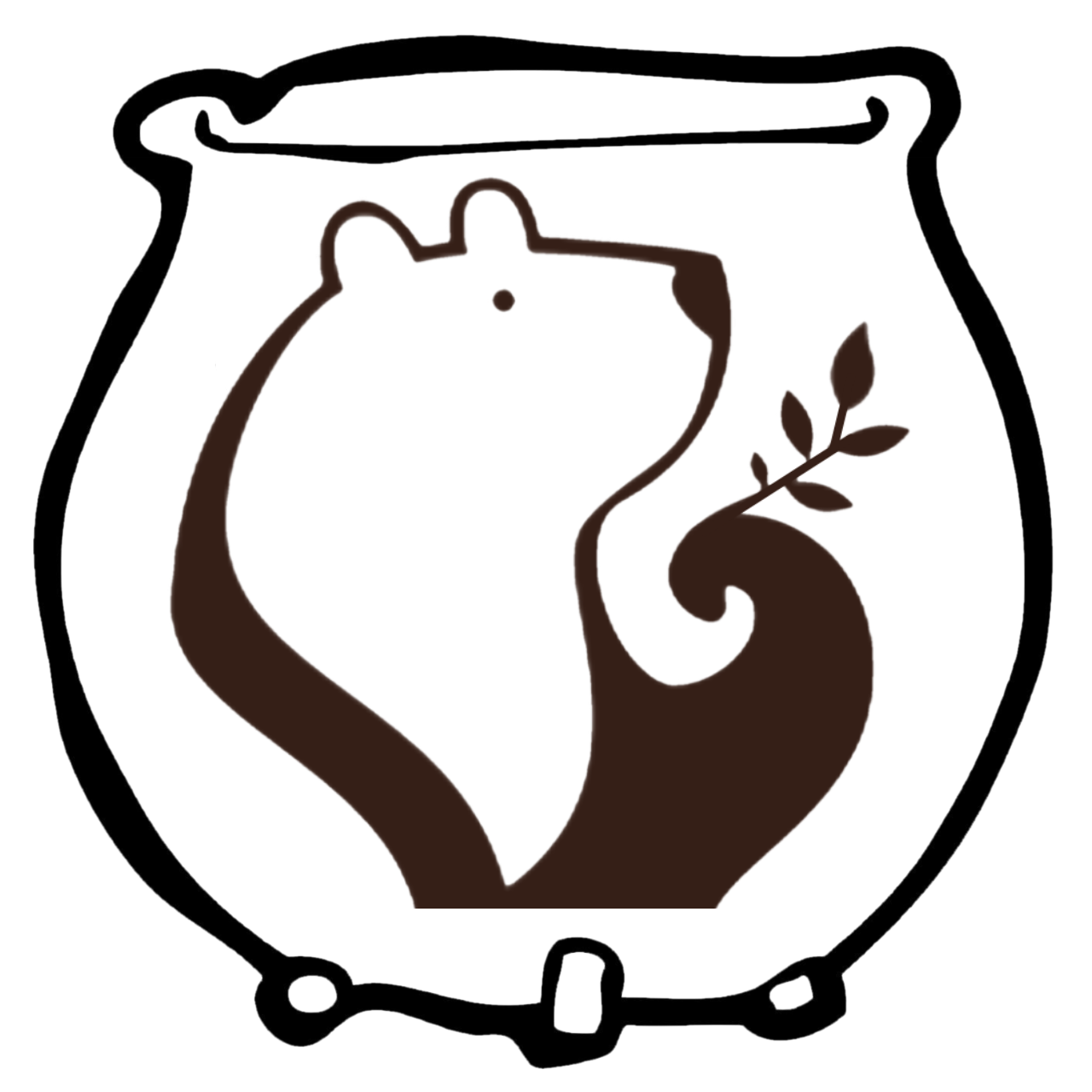Dandelion
Piss-a-bed
O DANDELION, rich and haughty,
King of village flowers!
Each day is coronation time,
You have no humble hours.
I like to see you bring a troop
To beat the blue-grass spears,
To scorn the lawn-mower that would be
Like fate’s triumphant shears,
Your yellow heads are cut away,
It seems your reign is o’er.
By noon you raise a sea of stars
More golden than before.
The handsome dandelion is a bit of a show off. His flower shines like the sun, and thus he shares an affinity with many of the sun gods. When he turns to seed, his globe shaped puff ball, called a clock, more closely resembles a full moon. Then, as his seeds are ready to disperse on the wind, they fly away like little stars populating the galaxy. He is a unusually complete like this. As a plant, all his parts are useful: root, stem, flower, leaves. It is said that if he were more rare, he would be the most valuable plant around. His common name comes from the french, meaning ‘lion’s tooth’, as his yellow flower resembles a great mane. His witch name comes from his medicinal properties in aiding the kidneys. He is powerful, persistent, and whimsical; the complete package.
The Magic of Dandelion
Correspondences
Element: Air
Gender: Masculine
Sabbat: Unknown
Planet: Jupiter
Chakra: Unknown
Spellwork
Divine
Wish
Grow
Persist
Fertility
Proverb
English: Dandelion will make you wise. (Mick Jagger)
The Medicine of Dandelion
Ayurvedic
Ayurvedic Name: Simhadanti
Vata: Balance
Kapha: Balance
Pitta: Pacify
Taste: Bitter
Herbology
Choleretic
Appetite stimulant
Digestive bitter
Cholagogue
Laxative
Purgative
Hepatic
Tonic
Lymphatic
Alterative
Demulcent
TCM
TCM Name: Pu gong ying
Botanical Name: Taraxacum officinale
Common Name: Dandelion leaf
Energy: Cold
Flavor: Bitter, Sweet
Organs: Liver, Stomach
Movement: Clear heat, purge fire
Science of Dandelion
Botany
Botanical Name: Taraxacum officinale
Family: Asteraceae (Aster Family)
Type of Plant: Herbaceous perennial
Habitat: Varied soil, Sun/Shade
Zone: 3-10
Bloom Time: Spring – Fall
Height: 2-15 inches
Spread: 6-10 inches
Propagation: Seed
Harvest: (Leaf) spring for sweeter and rest of year for bitter, (Root) spring for bitter and fall for sweeter, (Flower) when in bloom
Part Used: Leaf, Flower, Root
Constituents: Vitamins, Calcium, Carotenoids, Coumarins, Potassium, Phenolic acids, Inulin
Native Region: America, Europe
Sustainability: Good (sometimes considered a weed)
Leaf
Structure: Simple
Arrangement: Basal
Shape: Oblanceolate
Length: 2-17 inches
Margins: Lobed, Lacerate,Toothed
Surface: Smooth
Flower
Inflorescence: Compound
Sexuality: Imperfect monoecious
Stamen: Fused together, tubelike
Petals: 40-100 florets per head
Color: Yellow
Size: 1-2 inch
Sacred Story
An old Sufi story tells us of a young man named Nasreddin. In his courtyard, he planted a lovely flower garden. Alas, when the flowers came into bloom he discovered among them an entire crop of dandelions. He was not interested in the common weed diminishing the glory of his garden. So he traveled far and wide, speaking with every gardener he could find. But none of their solutions worked. As a last resort, Nasreddin went to the palace of the sheik to seek the advice of the royal gardener himself. He explained everything that he had tried. After thinking quietly, the wise royal gardener said, “I suggest instead that you learn to love them.”




